If you are planning to install solar panels at home, it is important to understand how the system works. One of the key parts is the inverter. This device changes the energy from your solar panels into electricity that your home can actually use.
There are two main types of inverters used in most home systems. These are microinverters and string inverters. Both types do the same basic job, but they work in different ways and are suited to different kinds of roofs.
In this blog, we will explain how each type works, compare their pros and cons, and help you decide which one might be better for your home based on your needs and roof conditions.
What Are The Main Types Of Solar Inverters?
There are two main types of solar inverters commonly used in home solar systems. These are microinverters and string inverters. Both types carry out the same essential job, which is to convert solar energy into electricity your home can use. However, the way they do this is slightly different.

A microinverter is installed on each individual solar panel. This means each panel works independently. Microinverters usually come with a 25-year warranty and are considered best for roofs that are complex or likely to experience some shading throughout the day.
A string inverter, on the other hand, is installed as one central unit. It handles the electricity from all the panels connected in a chain. String inverters typically come with a 12-year warranty and are most suitable for simple installations where the roof gets steady sunlight across all panels.
Comparing Microinverter vs. String Inverters
If you are choosing between microinverters and string inverters, it helps to understand how they compare in real-world use. Below is a clear and simple explanation to help you make the right choice for your home.
Where The Inverters Are Installed
Microinverters are attached to the back of each solar panel. So if you have ten panels, you will have ten separate microinverters fitted on your roof. This allows each panel to work on its own.
On the other hand, string inverters are installed as one single unit, often near your fuse box or electricity meter. The panels are all connected in a chain, and the electricity they produce travels through that chain to the central inverter.
What Happens When One Panel Underperforms
One of the main benefits of microinverters is that if a panel is shaded or not working properly, the rest of the panels are not affected. They continue to produce electricity as normal.
On the other hand, if a panel in a string inverter system is not performing well, it can reduce the performance of the entire group it is connected to. This means your energy output could drop even if most of your panels are working fine.
How You Can Track Performance
Microinverters allow you to see how each individual panel is performing. This helps you spot problems early and gives you a clearer picture of how well your system is working overall.

On the other hand, string inverters usually show you the performance of the system as a whole. If you want to see each panel’s output, you will need to add separate power optimisers, which increase the cost.
Cost Of Equipment And Installation
Microinverters tend to cost more because each panel needs its own device. The installation is also more complex, which adds to the overall price.
On the other hand, string inverters are more affordable. Since you only need one inverter and the setup is simpler, this option suits people who are working with a smaller budget.
Expanding Your Solar Panel System
If you think you might want to add more panels later, microinverters make this process easier. You can simply add another panel and microinverter without having to change the rest of the system.
On the other hand, string inverters can be harder to expand. You might need to upgrade the inverter or redesign the wiring to support more panels, which can be costly and time-consuming.
Installing And Maintaining The System
Installing microinverters takes more time because each panel needs its own unit. If a problem occurs, the installer will need to access your roof to find and fix the faulty device.
On the other hand, string inverters are quicker to install and easier to maintain. Since the inverter is usually placed at ground level, it is much simpler to repair or replace if needed.
Safety And Emergency Features
Microinverters are known for being safer. They operate at lower voltages and often have built-in features that shut down the system quickly in case of an emergency.
On the other hand, string inverters may require additional equipment to meet the same safety standards. This can add to the overall cost and complexity of the system.
Warranty And Lifespan
Microinverters usually come with longer warranties, often up to 25 years. This matches the typical lifespan of most solar panels, which means you are less likely to need a replacement.
On the other hand, string inverters often come with warranties lasting between 10 to 15 years. You may need to replace the inverter once during the life of your solar panel system.
Which Roof Type They Suit Best
Microinverters are ideal for complex roof layouts or roofs that get shade during the day. They allow each panel to perform at its best, even in tricky conditions.
On the other hand, string inverters are best suited to simple roofs that get full sun all day and where all panels face the same direction.
Conclusion!
Choosing between microinverters and string inverters depends on your roof type, budget, and long-term plans. Microinverters offer better performance on shaded or complex roofs, while string inverters are a cost-effective option for simpler setups. Both have their pros and cons, but the right choice will help you get the most from your solar system.
If you're still unsure which inverter suits your home best, our team at Going Solar is here to help. Get in touch today for expert advice and guidance on choosing the right system for your needs. Let us make your switch to solar simple.



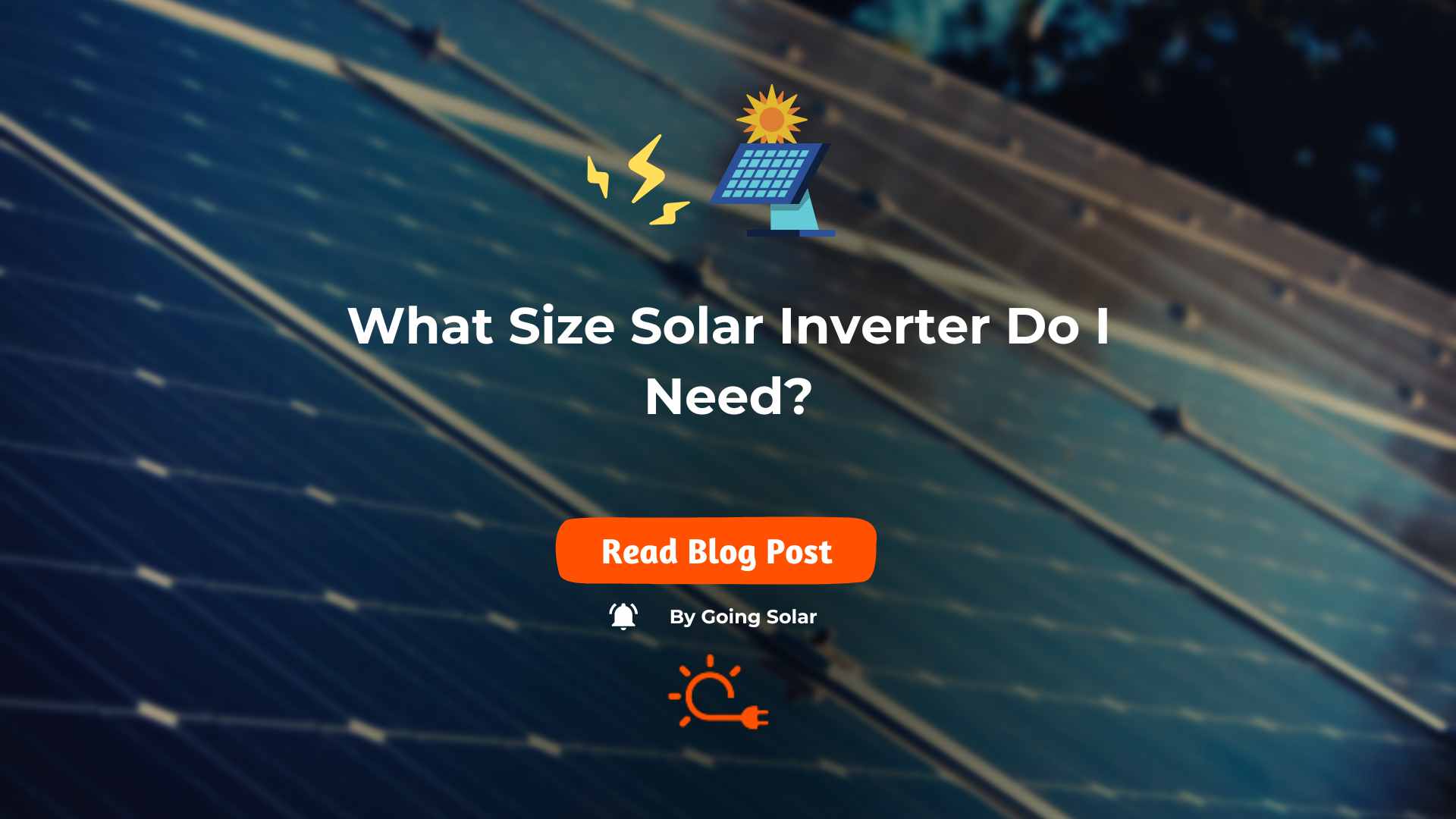
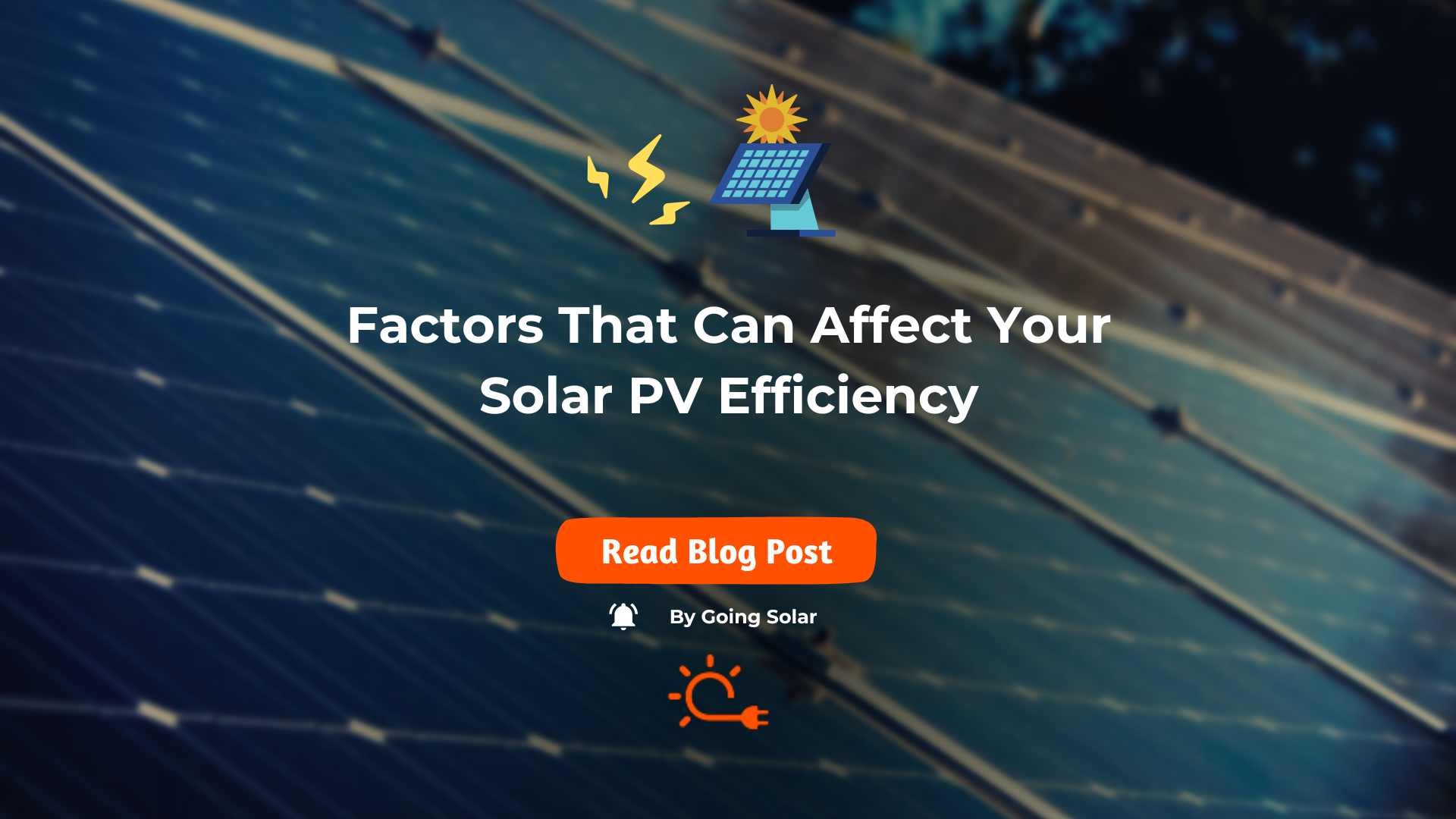
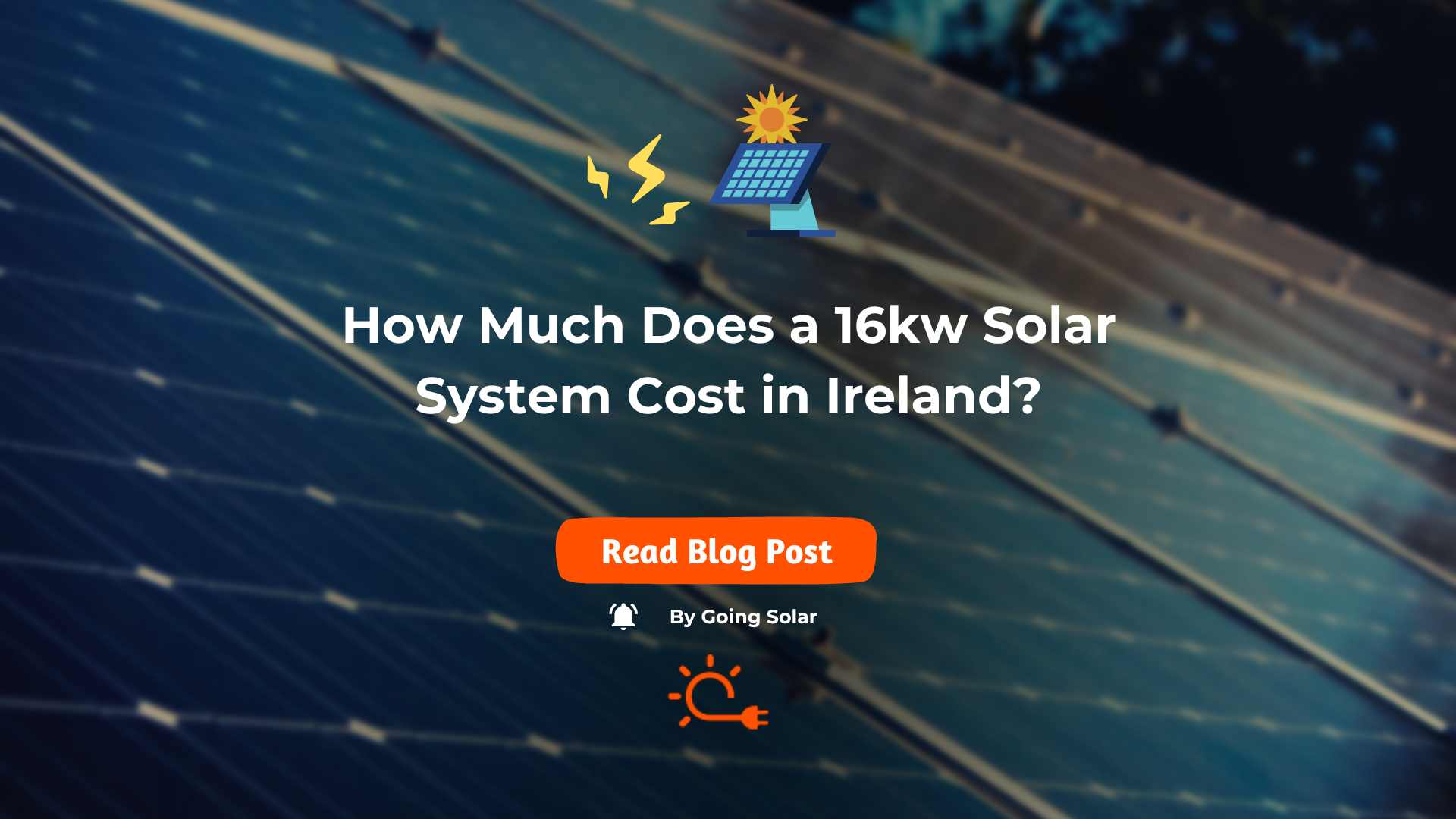
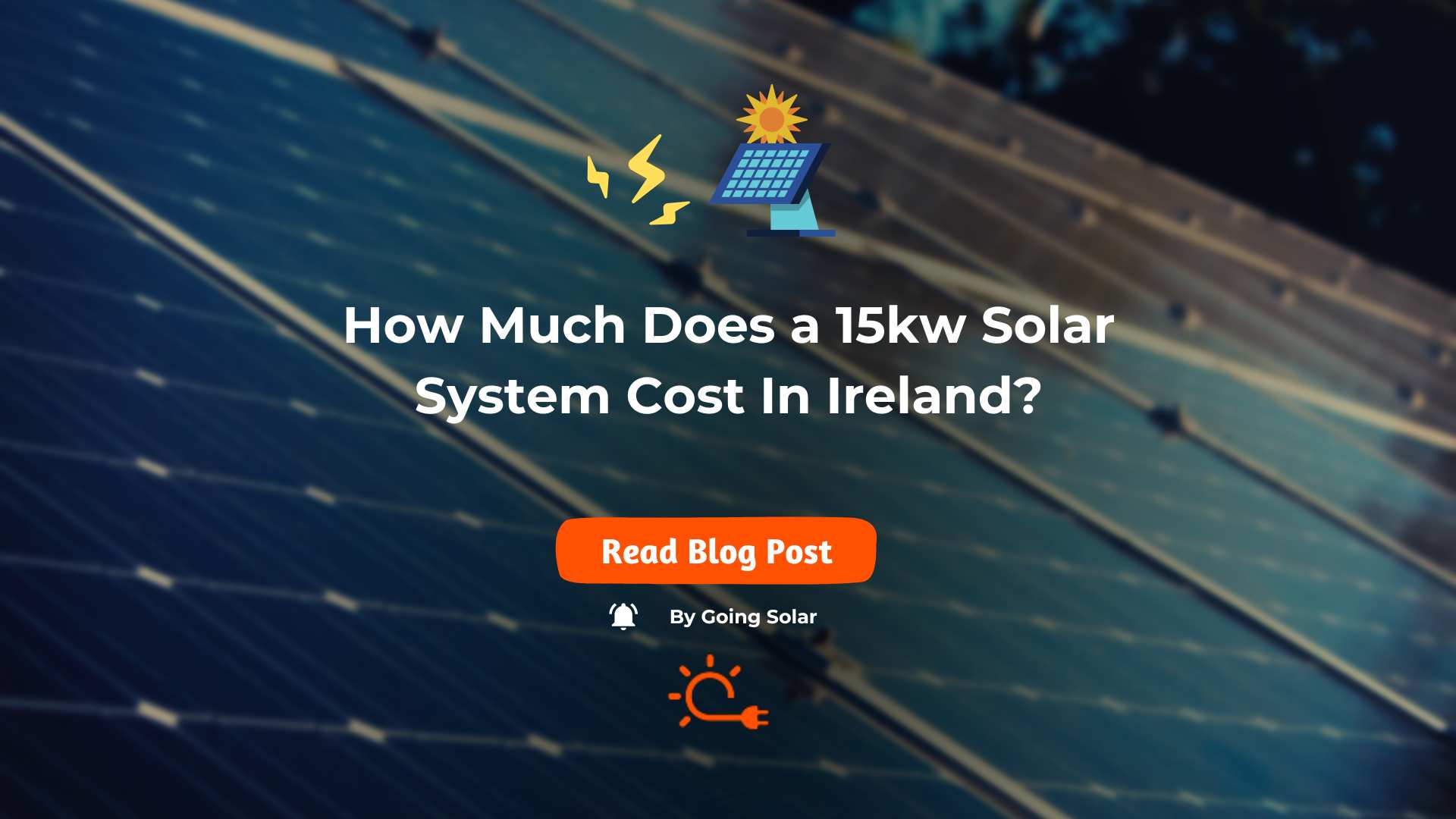
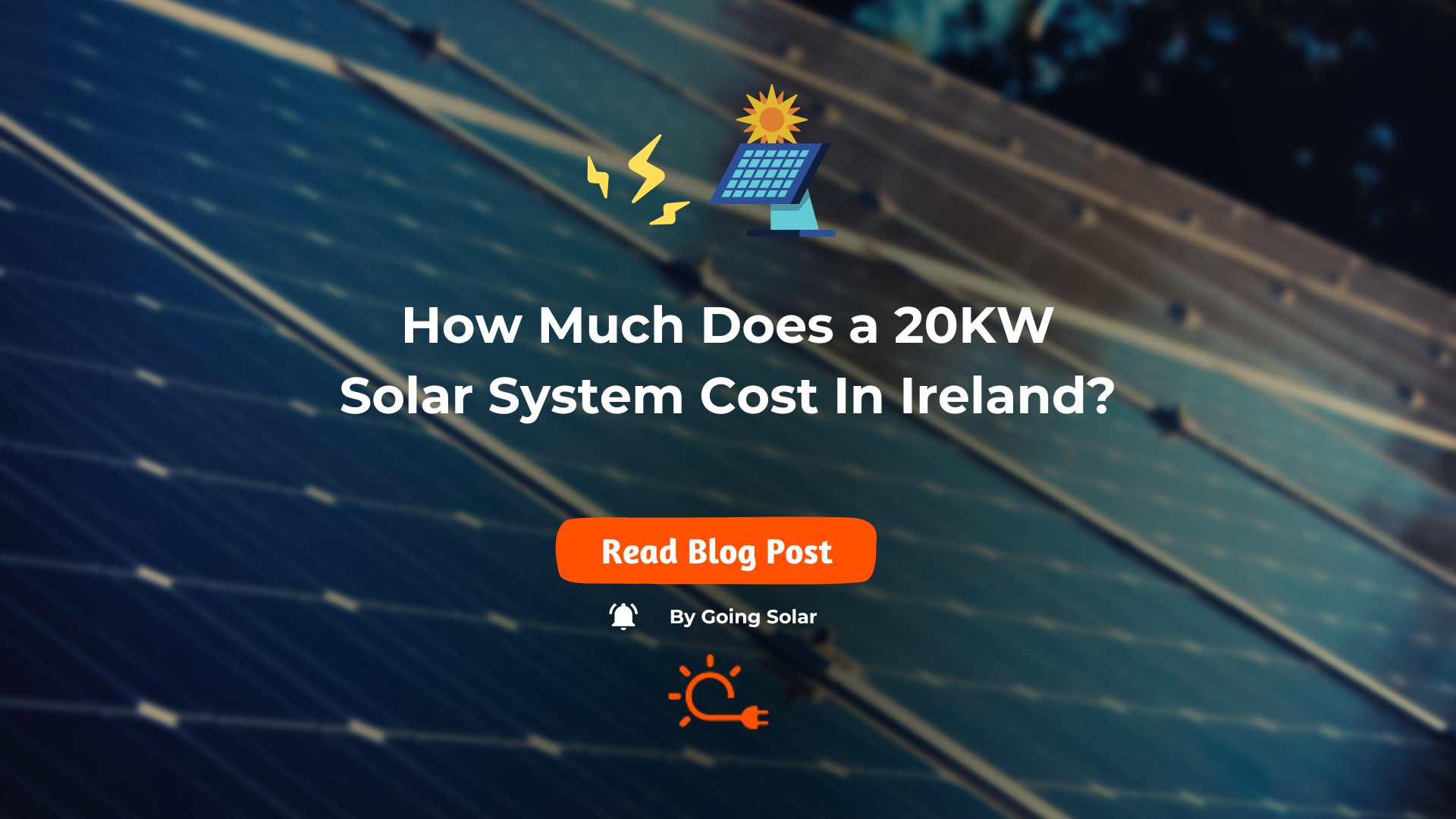





.jpg)

